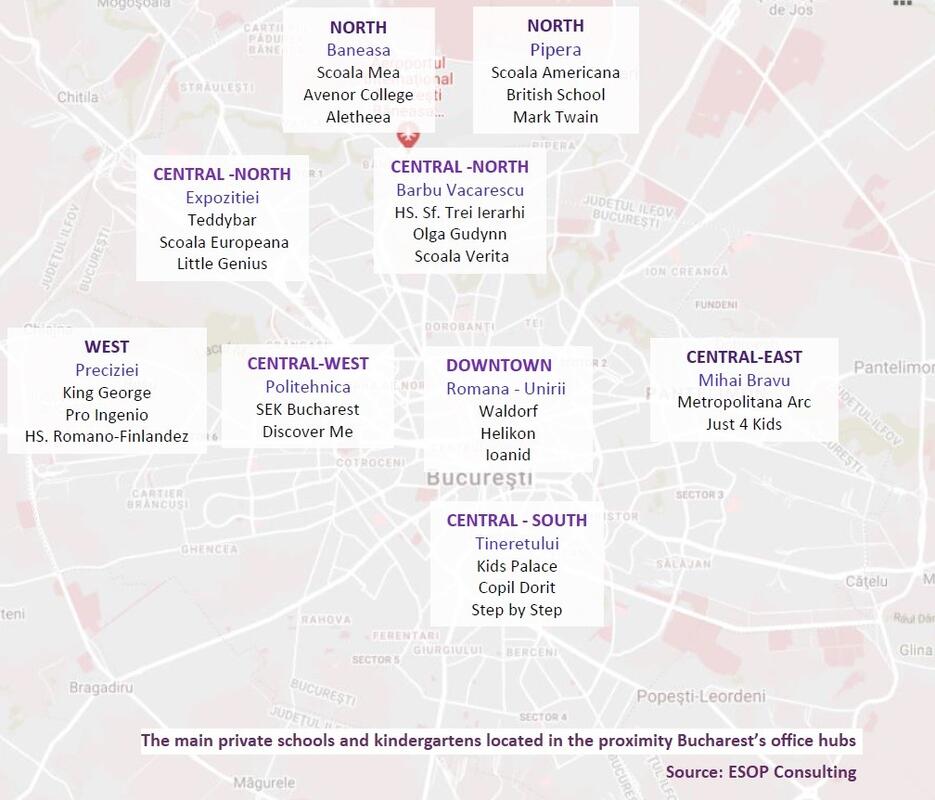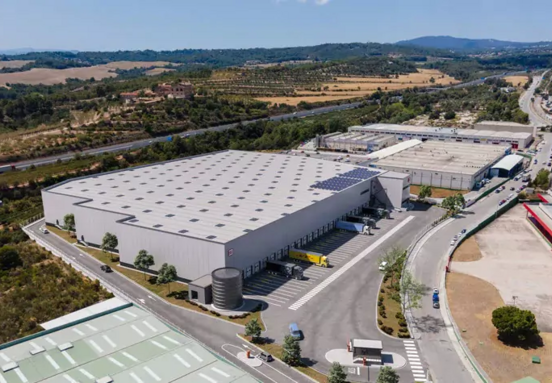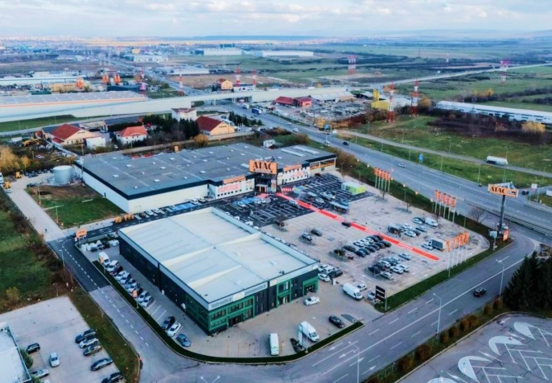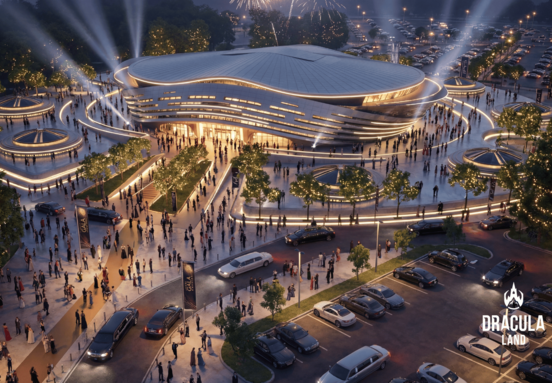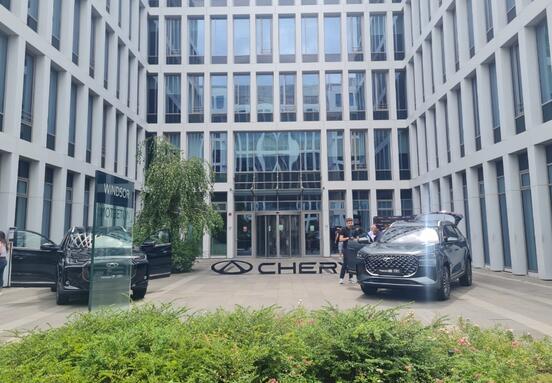However, hybrid work remains one of the important facilities in attracting and retaining employees. The trend emphasized in the last two years of the pandemic is starting to take on different shades. More and more employees and companies are considering returning to the classic office, but not the same office, although in the same place.
Some firms continue to face the challenge of convincing employees to return to the office, despite the easing of pandemic restrictions and the reduction of the danger of infection with COVID. Thus, managers are forced to look for new solutions to attract employees to the office and keep, when appropriate, the advantages of telecommuting.
1. The hybrid way of working remains. First, the option to work from anywhere will make the difference between attracting new employees or retaining existing ones. Most companies expect gradual resettlement and the return in several waves.
Working from home, dressed in comfortable clothes, from the beach or from the mountain hut before venturing on the ski slope will be preserved, for some of the employees. At the same time, for other employees, the desire to separate professional and personal life will lead them to work at the company headquarters for longer than before.
Those who take their children to kindergartens and schools in the vicinity of the headquarters where they work will be able to adapt their office schedule according to the children's educational schedule. Many preschools and schools offer afterschool programs Monday through Friday until 4 or 6 p.m. Most likely, this will also be the working hours of the parents, when they will be working from the headquarters.
2. Existence of schools and kindergartens with extended hours next to office buildings. Educational units located near the main business poles of the Capital have started to represent facilities that are increasingly appreciated by companies. In this context, starting school can reduce the pressure of being everywhere at the same time for some parents. At least during school hours, these parents will be able to work quietly from the company headquarters.
"If, 10 - 15 years ago, the proximity of buildings to university offices was an important factor taken into account when choosing the headquarters, at the moment the attractiveness of an office space is increasingly evaluated through the lens of integration or the proximity of kindergartens, schools or high schools. The young students or graduates that more than a decade ago companies were struggling to hire now have families, and their priorities have changed. These parents make efforts to ensure their children access to an education system that is as efficient as possible, by choosing prestigious educational institutions, from the private or state environment. Most of the time, these institutions are not in the vicinity of their homes. Thus, it would be helpful for them to be at least near the workplace" believes Alexandru Petrescu, Managing Partner at ESOP Consulting | CORFAC International. For example, the SEK International School is opening its first school unit in Romania in the Sema Parc office park, starting in September 2022. Brokered by ESOP Consulting, the transaction indicates the interest of office space owners to offer companies' employees as many arguments as possible to he returns to the office. SEK Bucharest International School has rented 2,550 square meters, arranged on two levels, plus almost 4,170 square meters of green space, which can be arranged for educational activities. The leased space is sufficient for the educational institution to start operating with a kindergarten and a primary school, and later to expand with high school and high school classes, as there is demand and the children grow. With access from Independence Square, the building where SEK Bucharest is located has good access to public transport and benefits from its location near important landmarks, the Romanian Opera and the Palace of the Parliament.
The "Sfinții Trei Ierarhi" theoretical high school, located next to the Barbu Văcărescu office pole, is another example of an educational institution that encourages corporate people to return to the office. Located close to the biggest business pole in Bucharest, the educational institution was opened six years ago, being accredited. At the end of the 2020/2021 school year, the theoretical high school "Sfinții Trei Ierarhi" was ranked 7th in the list of schools in Bucharest, in the list made by the School Inspectorate of the Municipality of Bucharest, according to the average marks obtained by students in various evaluations.
3. Green spaces contribute to increased productivity. Setting up the office around green spaces and parks helps employees to exercise more, but also to concentrate better. Employees who have children can take advantage of this opportunity and, after school hours, take the little ones for a walk or practice sports activities together.
For example, the U-Center business park is located near Carol Park and Tineretului Park, and the @Expo business park is located near Herăstrău Park. Also, One Cotroceni is a short distance from the NBR Arenas and includes numerous green spaces, to which are added hanging gardens and promenade spaces, and Sema Parc is found between Crângași Park, the sports facilities built around the Student Sports Club and the Botanical Garden from Bucharest. In addition, Sema Parc has been designed with numerous green spaces specially created for walking or relaxing.
4. Wellbeing. Work-life balance is encouraged. Establishing a flexible schedule, through the hybrid work mode, can help all employees to be involved in the company's activities, but also to respect their free time. For example, certain hours can be established during which the employee must be at work, regardless of format, and after those hours they can work remotely. Also, employees who come to the office will be much more interested in increasing their productivity, so that once they have left the premises, they will significantly reduce their professional activity.
5. Increase concentration and productivity. After school starts, we believe that some employees will find that returning to the classic office helped them focus better and be more productive. The fact that they will no longer be distracted by the children will help them complete their projects faster and with better results than they thought or achieved during the time spent at home. Encouraged by these results, employees may become increasingly open to the idea of returning to the office, where they can interact much more directly and effectively.
6. It improves collaboration between colleagues. As much as technology helps, direct, face-to-face communication cannot be replaced. No platform can perfectly reproduce the small gestures and facial expressions of a colleague when he hears a new proposal. Nor can it replace jokes over coffee or during the break. As mundane as these interactions may seem, they help build relationships among colleagues, build trust, and improve team collaboration. Moreover, as the use of hybrid work has expanded, it is recommended that working hours in front of the computer be interrupted by online coffee breaks.
7. Company culture is improved and preserved. Company culture and identity risk being lost or becoming less important to employees who do not engage with its messages regularly. Through technology and under time pressure, employees can diminish or eliminate the corporate messages sent by the company. Present at the headquarters, employees can interact indirectly and naturally with the company's messages, both through various specific or original materials, as well as by participating in corporate and informal events.
"The pandemic has increased the resilience of companies and we will continue to witness an environment full of diversity, flexibility, but also a gradual focus on returning to the office, through the most evolved hybrid work systems, in which the human component will have an important role. Technology is a formidable ally, and its tools have been integrated into the day-to-day activity with and of companies (cloud, online meetings, etc.), but the face-to-face communication and concentration that some of the employees will have after their return to the office, with the start of school, will represent more and more solid arguments for an increase in physical presence at the office" considers Alexandru Petrescu, from ESOP Consulting.
